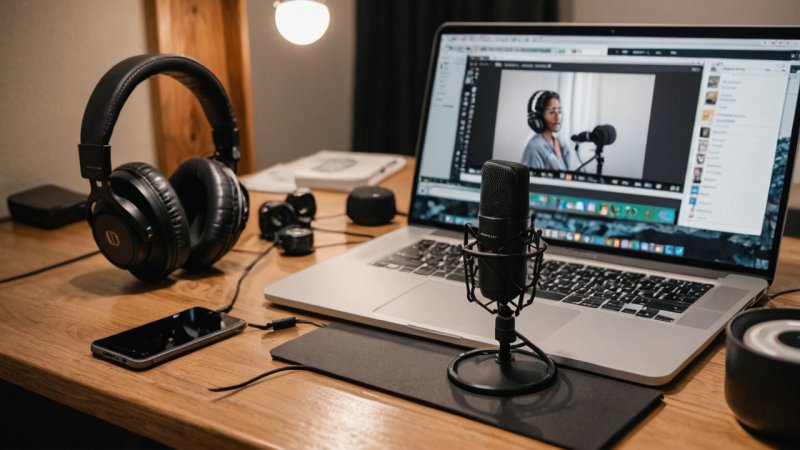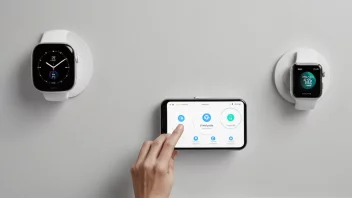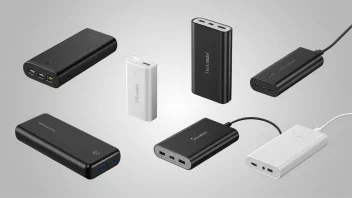Podcasting has become a popular medium for sharing stories, ideas, and discussions, allowing individuals to connect with audiences worldwide. Whether you're looking to share your personal experiences, interview interesting guests, or delve into a specific niche, creating your own podcast can be an exciting and rewarding endeavor. In this guide, we will explore the essential steps to help you launch your podcast and share your stories effectively.
1. Define Your Podcast Concept
Before diving into the technical aspects, it’s crucial to have a clear concept for your podcast. Consider the following:
- Target Audience: Who do you want to reach? Defining your audience will shape your content and tone.
- Topic Focus: Choose a specific niche or theme that you’re passionate about. This could range from technology and fitness to storytelling and interviews.
- Format: Decide on the format of your podcast. Will it be a solo show, co-hosted, or interview-based? Consider how long each episode will be and the frequency of your releases.
2. Plan Your Content and Structure
Once you have a concept in place, it’s time to plan your content:
- Episode Outline: Create an outline for your first few episodes. This will help you stay organized and ensure you cover essential points.
- Script vs. Freeform: Decide whether you want to script your episodes or speak freely. A mix of both can sometimes work best.
- Guest Planning: If you’re planning to have guests, reach out and schedule interviews ahead of time. Prepare questions that will engage both your guest and your audience.
3. Choose the Right Equipment
Quality audio is vital for a successful podcast. Here’s what you’ll need:
- Microphone: Invest in a good-quality microphone. USB microphones are user-friendly for beginners, while XLR microphones provide superior sound quality.
- Headphones: Use closed-back headphones to monitor your audio while recording. This helps in identifying any background noise.
- Recording Software: Choose software that suits your needs. Audacity and GarageBand are popular free options, while Adobe Audition offers more advanced features.
4. Record and Edit Your Episodes
With your content planned and equipment ready, it’s time to start recording:
- Recording Environment: Find a quiet space to minimize background noise. Consider using soundproofing materials if necessary.
- Recording Tips: Speak clearly and at a steady pace. Don’t worry about mistakes; you can edit them out later.
- Editing: Once recorded, use your software to edit the audio. Remove long pauses, mistakes, and any unwanted noise for a polished final product.
5. Publish and Promote Your Podcast
After editing, it’s time to share your podcast with the world:
- Hosting Platform: Choose a podcast hosting platform like Libsyn or Podbean. This will store your audio files and distribute them to podcast directories.
- Submit to Directories: Submit your podcast to popular platforms such as Apple Podcasts, Spotify, and Google Podcasts to reach a broader audience.
- Promotion: Use social media, email newsletters, and your website to promote new episodes. Engage with your audience and encourage them to share your content.
By following these steps, you can create a podcast that resonates with listeners and allows you to share your stories and insights. Podcasting offers a unique platform for expression, and with dedication and creativity, you can build a successful show that may even inspire others along the way.






